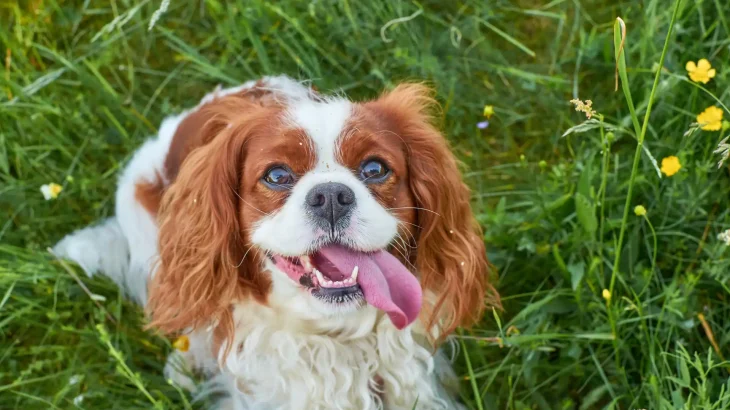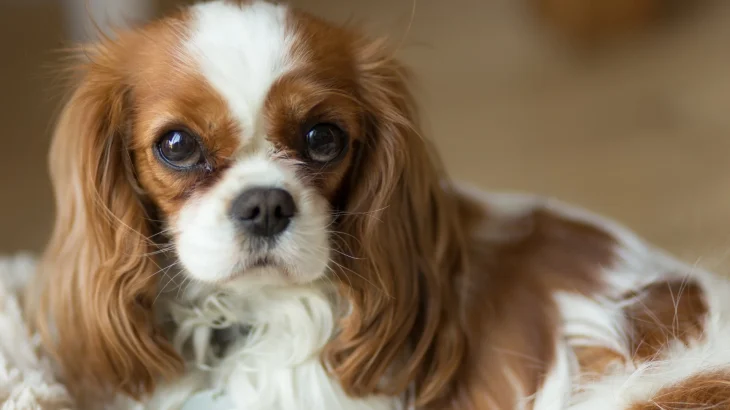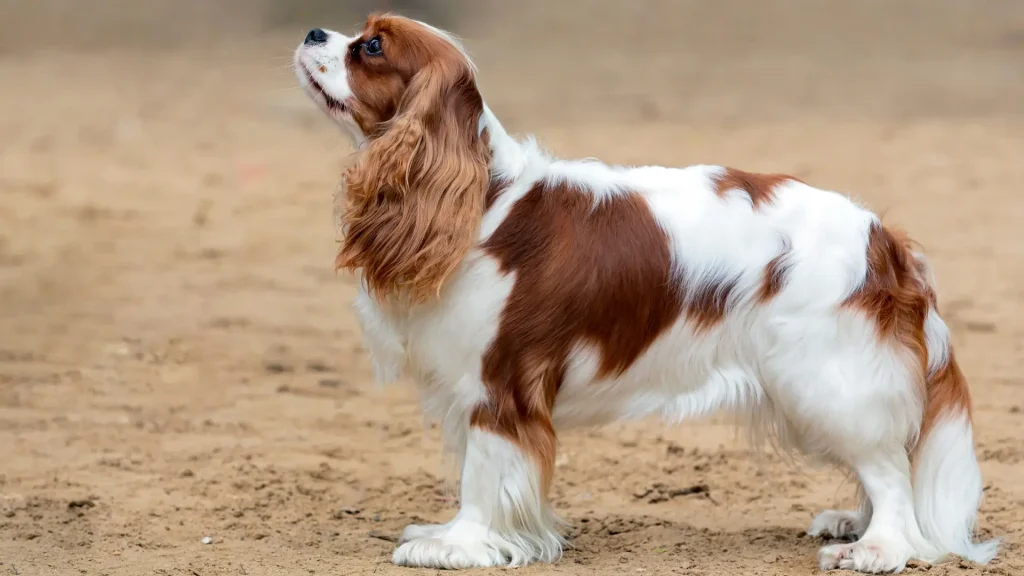Deciding whether to adopt or buy a King Charles Spaniel puppy depends on your priorities like cost, health transparency, and ethics. Each choice has different perks—from knowing a puppy's background with breeders to giving a home to a dog in need through adoption.
Adoption vs. Breeder: Pros & Cons
| Criteria | Buying from Breeder | Adopting from Shelter/Rescue |
|---|---|---|
| Cost | Usually higher; purebred puppies can cost hundreds to thousands of dollars. | Lower adoption fees, often covering vaccinations and spay/neuter. |
| Health History | Breeders often provide detailed health records and genetic screening. | Health history may be limited or unknown; shelters perform basic health checks. |
| Age Availability | Typically available as puppies for early socialization and training. | Range of ages including adults and dogs needing second chances. |
| Temperament Insight | Breeders provide info on lineage and expected temperament. | Shelter staff observe behavior, but background may be unclear. |
| Supporting Practices | Supports selective breeding; ethics vary by breeder. | Supports animal welfare by rescuing dogs in need. |
| Risk of Genetic Disorders | Possibly lower with reputable breeders who screen for issues. | Unknown risks due to unclear pedigree. |




















































